كاميل بيسارو(1830-1903)
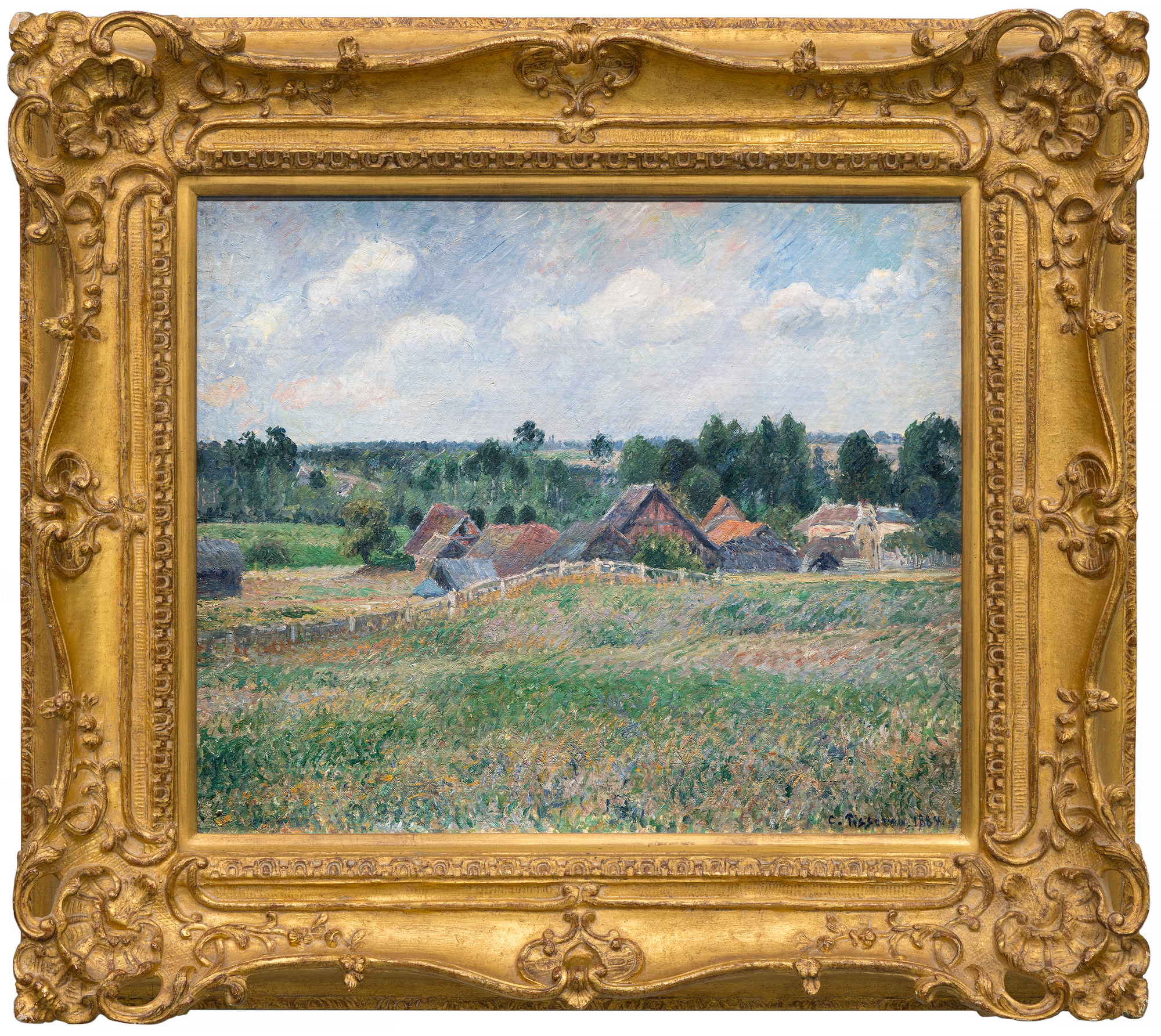
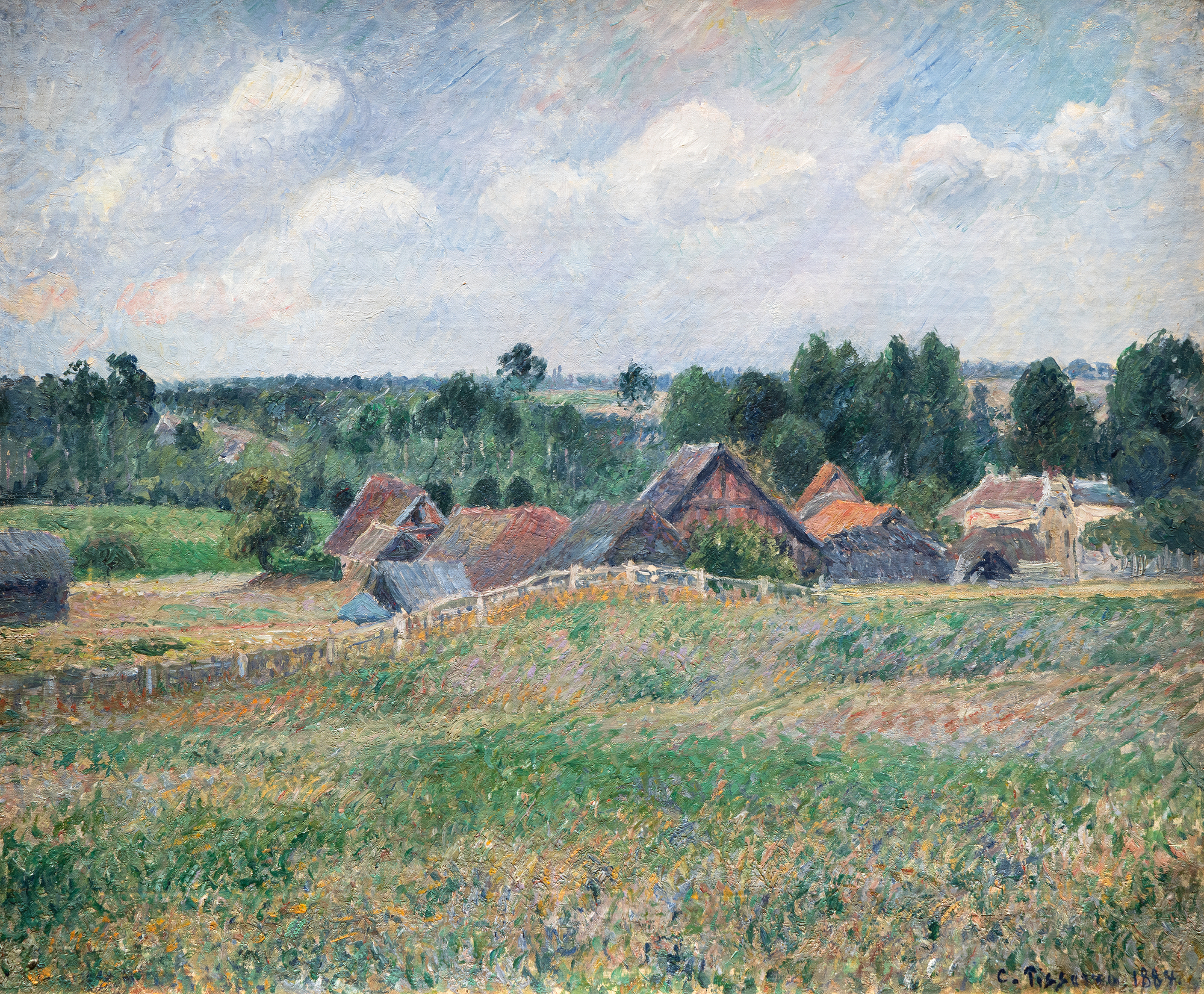
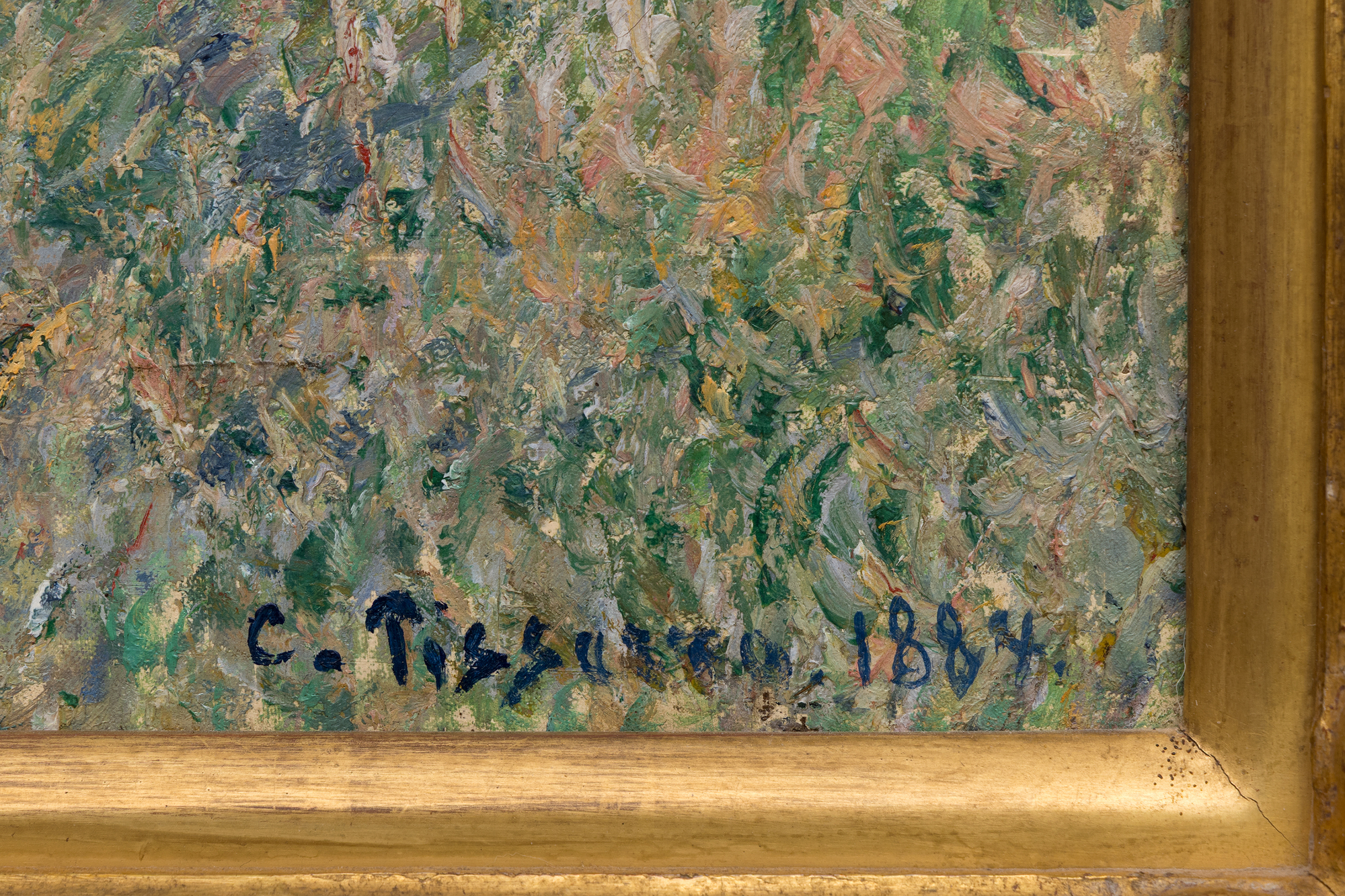
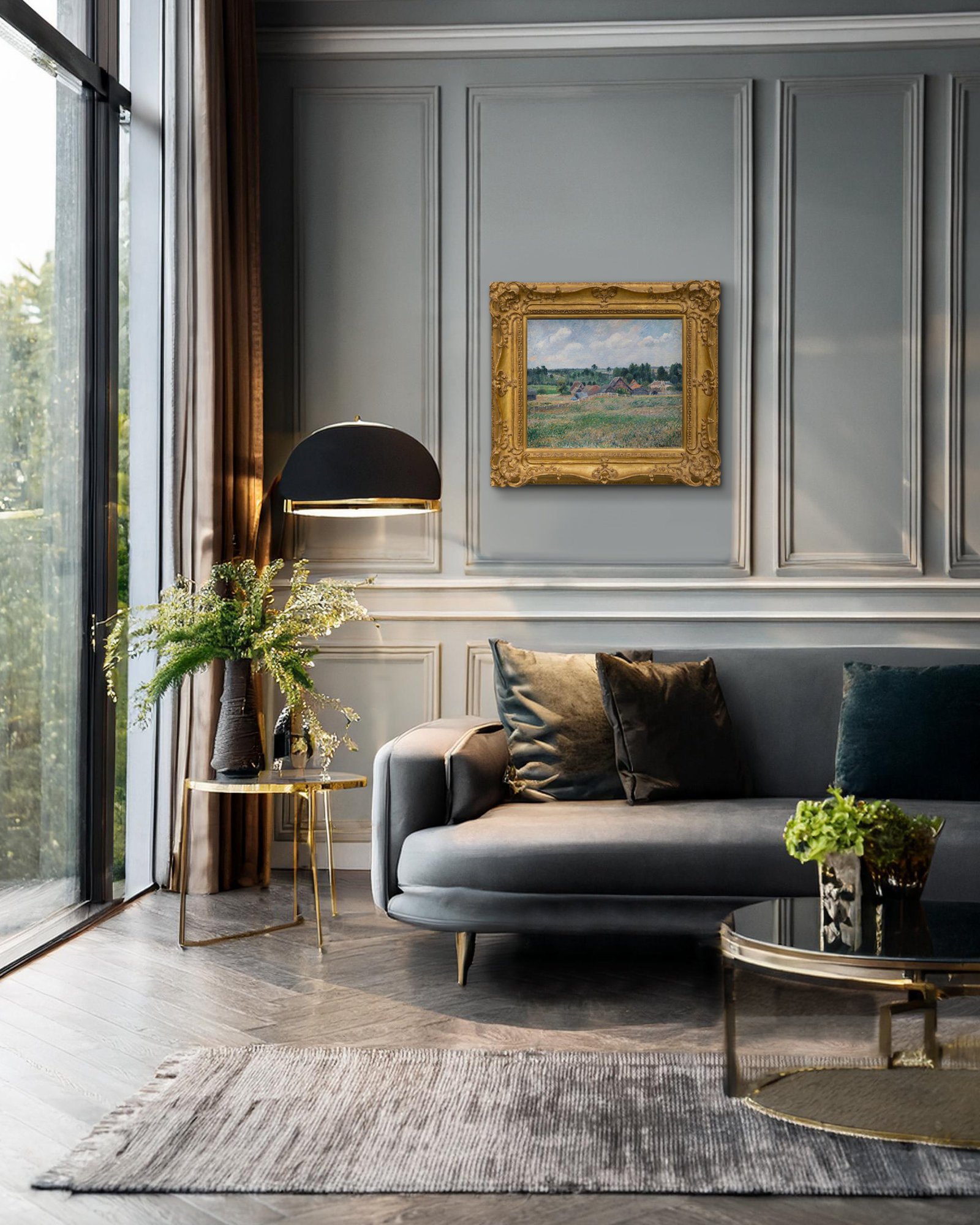
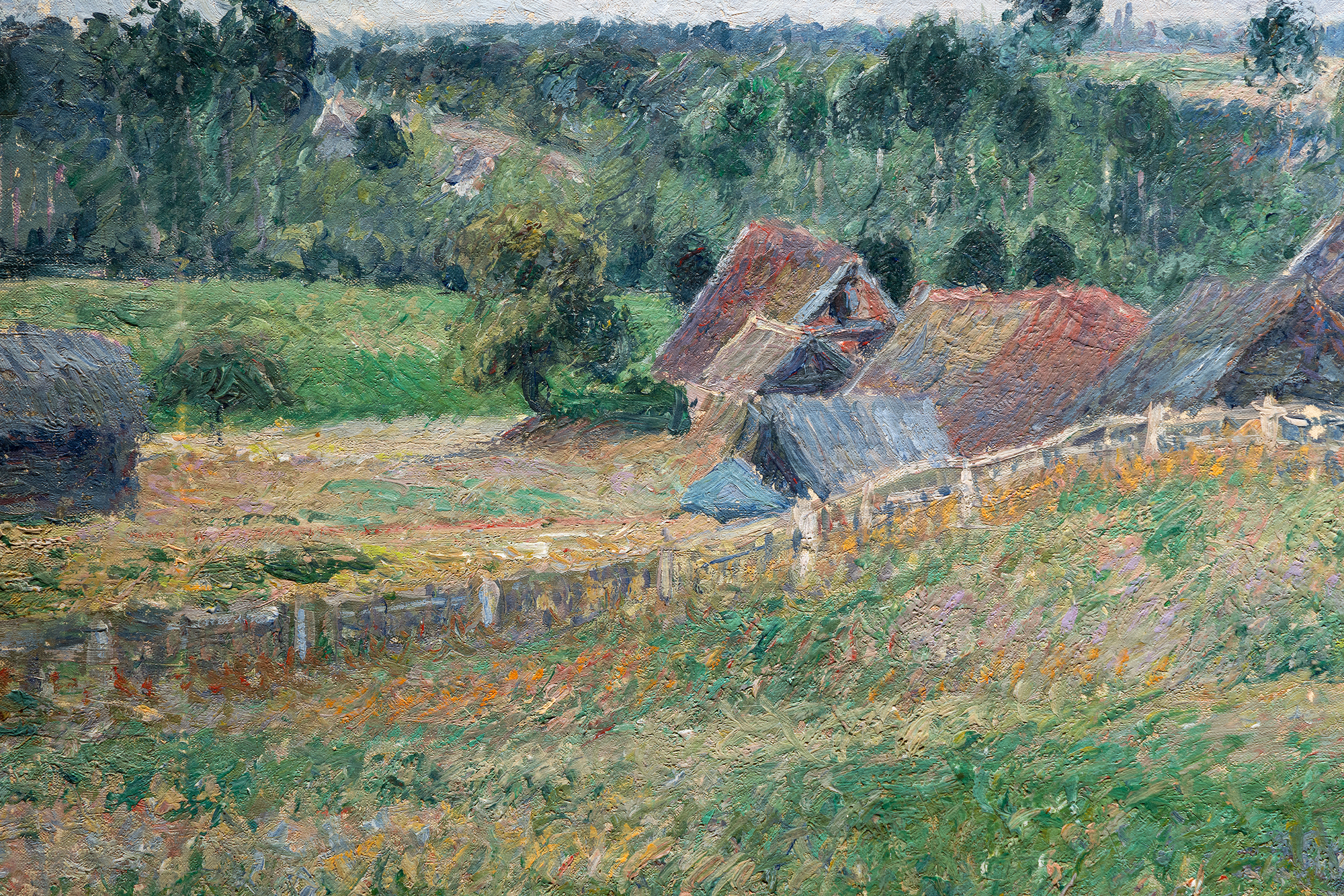

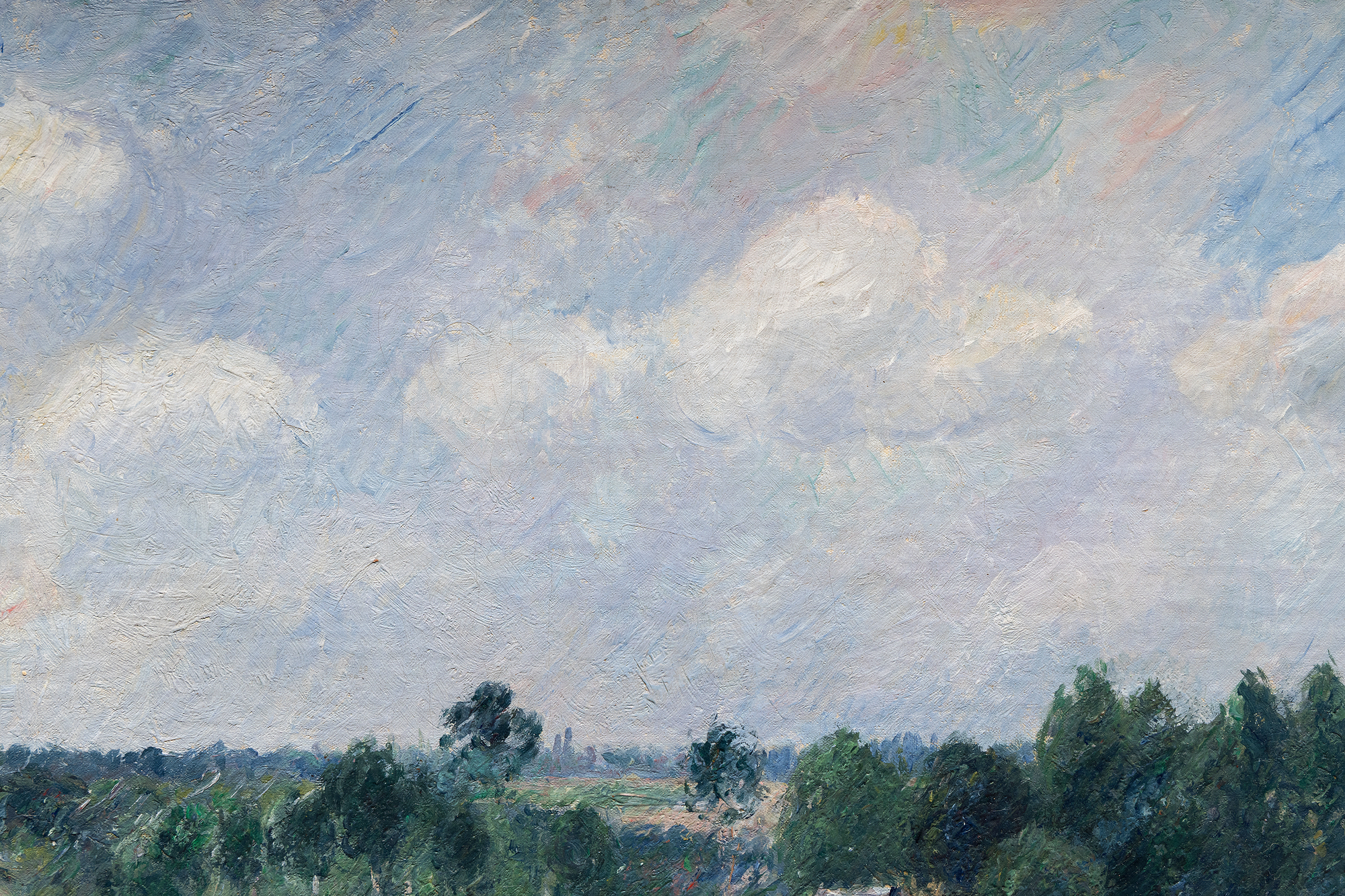
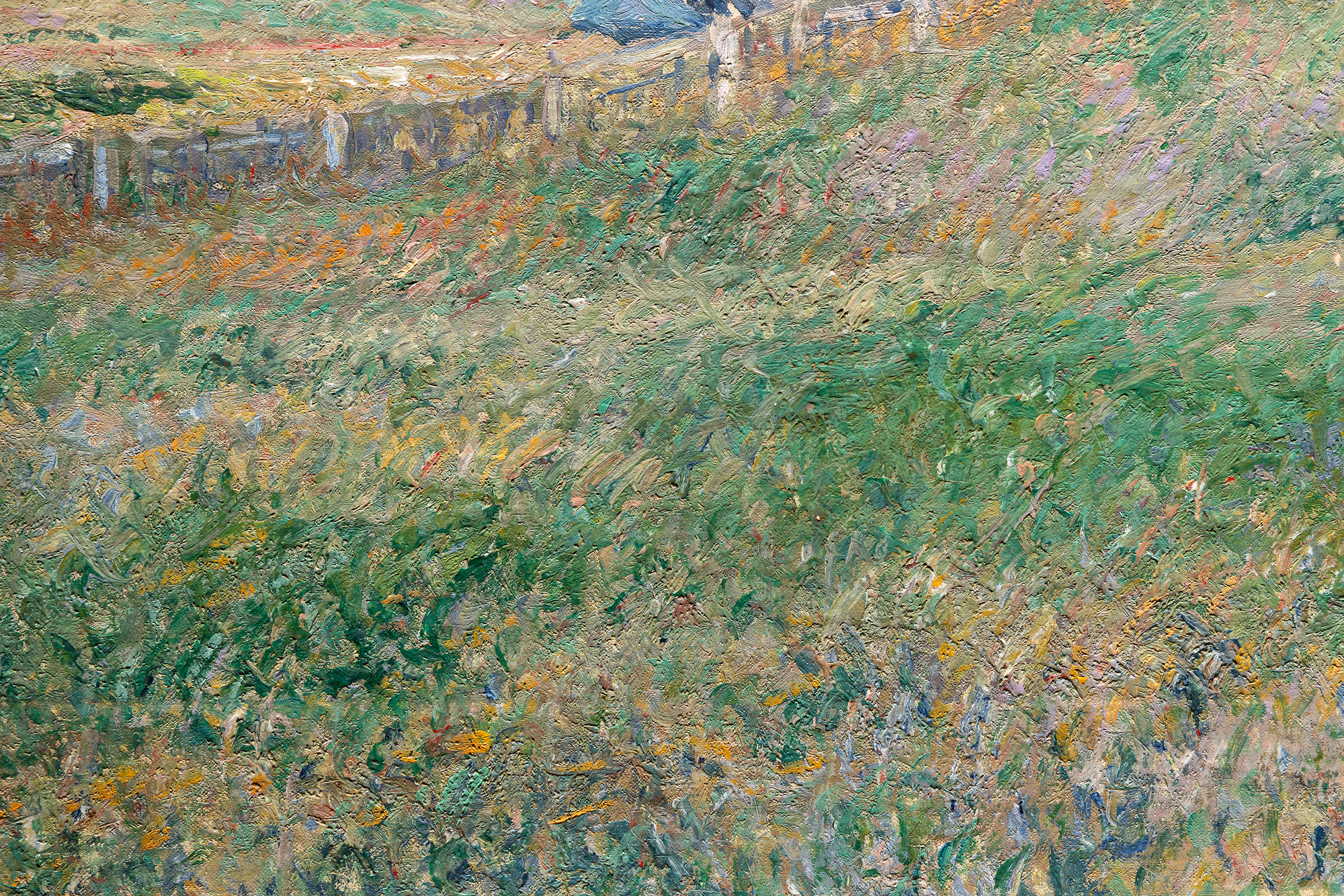
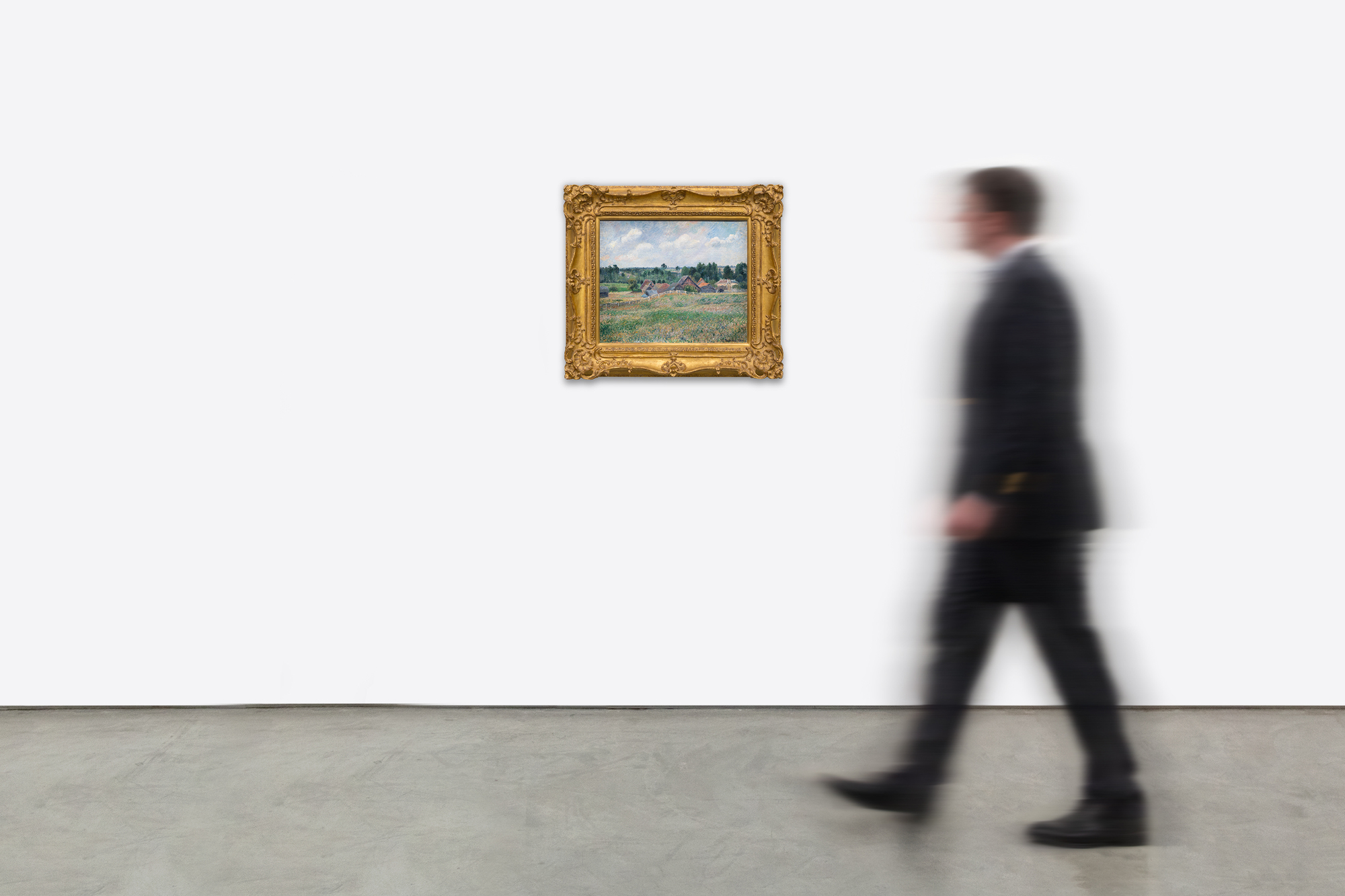
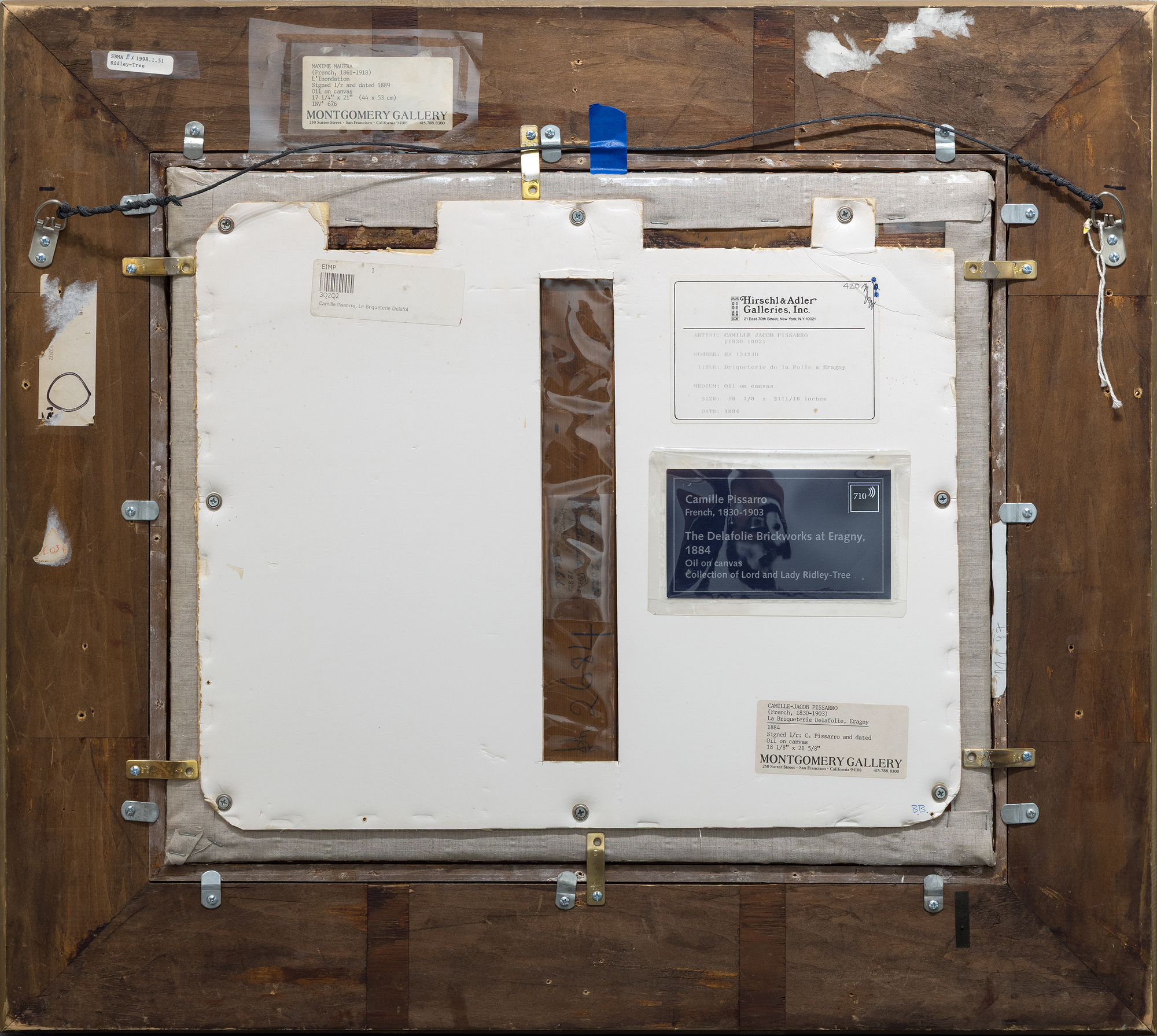
الاصل
دوراند رويل، باريس، اقتنيت من الفنان، 1892فيرنر هيرولد، زيوريخ، اقتناها من الفنان المذكور أعلاه عام 1917
ثم عن طريق النسب حتى عام 1991
معرض مونتغمري، سان فرانسيسكو (على سبيل الإهداء)
معارض هيرشل وأدلر، نيويورك
مجموعة خاصة، نيويورك، 1994
لورد وليدي ريدلي تري، سانتا باربرا، كاليفورنيا
مجموعة خاصة
معرض
باريس، فرنسا، غاليري دوران رويل، كاميل بيسارو، 1892، رقم 30وارسو، بولندا، وارسو، بولندا، توارزستو، زاتشيتي شتوك بيكنوش و كروليستوي بولسكييم، ويستاوا دزيل أرتيستو فرانكوسك... اكثر...ich، 1911، رقم 114
زيوريخ، سويسرا، دار الفنون، زيوريخ، زيوريخ، سويسرا، L'Art française des XIXe et XXe siècles، 1917، رقم 152
باريس، فرنسا، جريدة الفنون الجميلة، الجريدة الرسمية للفنون الجميلة، La Peinture française du XIX siècle en Suisse، 1938، رقم 76
بروكسل، بلجيكا، قصر الفنون الجميلة، قصر الفنون الجميلة، دي دافيد à سيزان، 1947-1948، رقم 108
سانتا باربرا، كاليفورنيا، متحف سانتا باربرا للفنون، مقتنيات سانتا باربرا: انطباعات فرنسا، 1998، لا. 51
الادب
ألفريد إرنست، "كاميل بيسارو"، لا بيس، باريس، فبراير 1892، ص 2جانين بايلي-هيرزبرغ، مراسلات كاميل بيسارو، المجلد الثالث، باريس، 1988، رسالة رقم 734، ص. 171، رقم 5
لودوفيك-رودو بيسارو وليونيلو فنتوري، كاميل بيسارو: ابن الفن، ابن العمل، المجلد الأول باريس، 1939، رقم 681، ص. 177؛ المجلد الثاني، رقم 681، ص. 141
إريك زعفران، مجموعات سانتا باربرا: انطباعات فرنسا، سانتا باربرا، كاليفورنيا، 1988، رقم 51، مصور
يواكيم بيسارو وكلير دوراند-رويل سنولارتس، بيسارو، كتالوج نقدي للوحات، المجلد الثالث، باريس، 2005، رقم 776، ص 514
... اقل... السعر1,900,000
تتميز المقدمة بمرج متعدد الألوان. وتنقل ضربات الفرشاة المتقطعة باللون الأخضر والأصفر والأرجواني في جميع الاتجاهات حركة الرياح اللطيفة عبر الحقل تحت سماء مفعمة بالحيوية. وعلى مسافة بعيدة، تظهر ساحة طوب ديلافولي المملوكة لصديق وجار بيسارو الحميم. يلاحظ الكتالوج:
"تشير ساحة طوب ديلافولي في إرجاني إلى ساحة طوب محلية تملكها وتديرها عائلة محلية. لم يكن السيد ديلافولي مجرد عامل طوب - بل كان جار بيسارو وكان يقوم بتخمير عصير التفاح الخاص به. ويُقال إن عصير التفاح الذي كان يصنعه كان جيدًا لدرجة أن كلود مونيه كتب ذات مرة إلى بيسارو يسأله عن التاجر وكيف يمكنه طلب برميل لنفسه. كان بيسارو والسيد ديلافولي صديقين حميمين، وكثيراً ما استغل بيسارو شحنات السيد ديلافولي المنتظمة إلى باريس وجيسورز لشحن لوحاته مع الطوب."
توجد أعمال مماثلة في متحف أورسيه دورسيه ومتحف والترز للفنون ومتحف برمنغهام للفنون. وتوفر هذه اللوحة لهواة جمع التحف الفنية قطعة نادرة ومتنقلة تجسد علاقة بيسارو الحميمة بالمناظر الطبيعية والمجتمع في إراغني.


